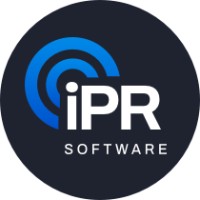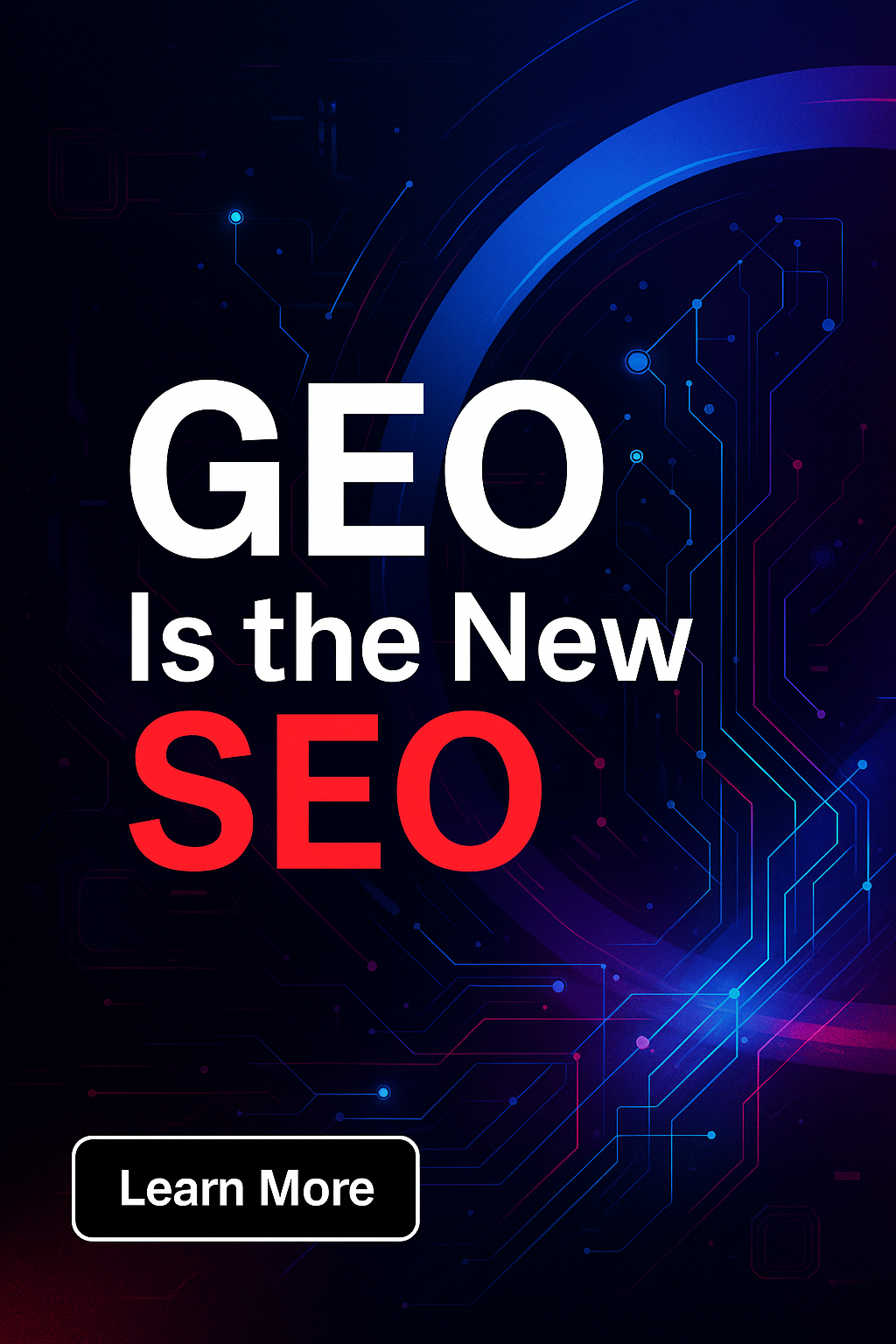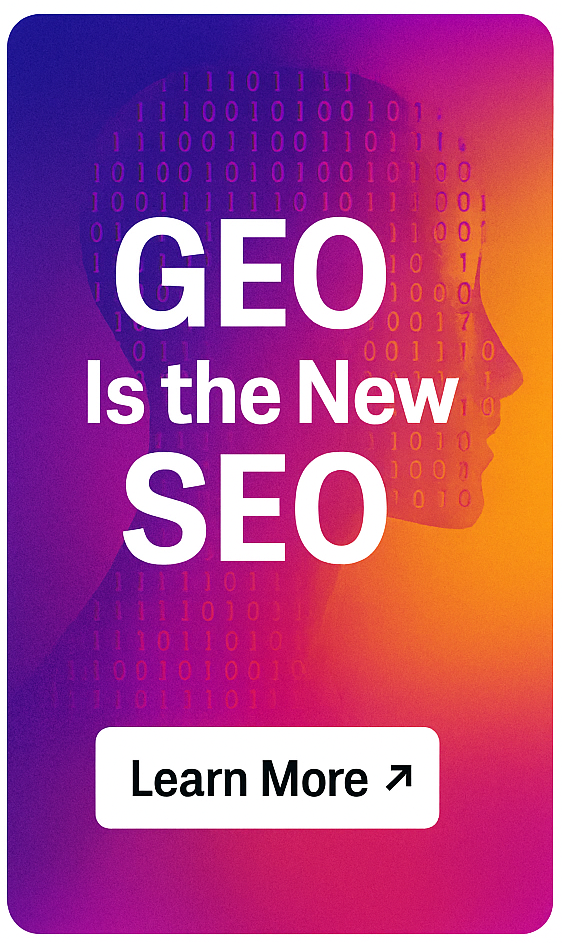A Brief History of Podcasting
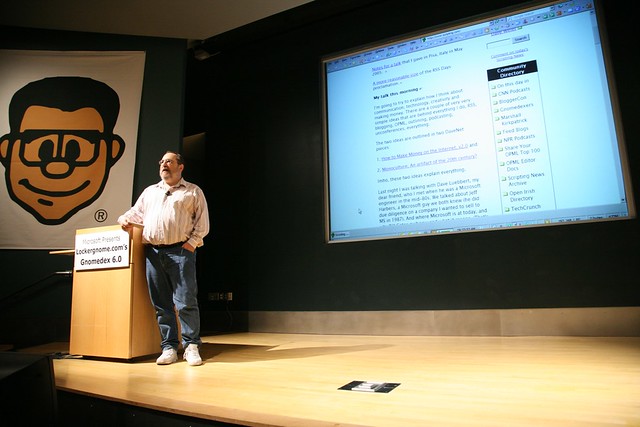
The history of podcasting goes back way before Spotify bought Gimlet Media or Apple started producing original content.
Before popular podcasts even existed, a software developer named Dave Winer figured out a way to send an attachment file through an RSS feed.
Adam Curry saw it and launched a show called the Daily Source Code, probably to first daily podcast.
Long before the content marketing agency was a thing, audio content started popping up on blog posts and downloadable audio was born.
There were nascent podcast directories and trade shows, but Steve Jobs stayed focused on hardware and no one was really sure whether or not podcasting would ever become anything more than a hobby.

Podcasting and Media Business
Radio turned a global audience of readers into a worldwide audience of listeners.
But it’s easier to watch, then it is to listen. So, next, television became the dominant media.
It’s a knife that cuts both ways, and the history of podcasting is rife with such examples.
Audiovisual communications increased retention and cognition among adult viewers and ADD among children under 2.
Before Winer released RSS 2.0, the XML feed format that gave life to podcasting, electronic media distribution was restricted to significant media gatekeepers with access to satellite time.
To put the impact of this technology in context, consider the product of media as your attention.
The more attention the media collects, the more inventory it has to sell to advertisers, whose objective is to reach the largest audience.
As the media landscape fragmented and attention became scarce, electronic media increased revenues not by reaching the widest audience but by reaching a demographically targeted audience.
Outlets like The Golf Channel, the Food Network and Fox News cater to niche audiences.
But since the economics of broadcast media necessitate reaching the largest possible audience, electronic media — radio and television – were restricted almost exclusively to advertiser-supported media.
Now, for the first time, practical, easy-to-use technologies, applications, and services make it possible for anyone to leverage the power of audio and video without a broadcast network infrastructure and without buying a minute of satellite time.
A print publisher like the San Francisco Chronicle can extend their reach through iTunes and Yahoo! podcasts, citizen journalists can weigh in on the day’s news, and educators can transcend time and space by making their lectures available in cyberspace.
How Much Does Podcasting Cost?
With the introduction of audio and video podcasting, electronic media distribution became a cost-effective and efficient channel for individuals and organizations to engage and communicate with qualified audiences.
In a sense, it added audio and video programming to the domain of owned media communications, or content marketing as brands call it.
Because RSS is a subscription format, the connection between the publisher and the audience is persistent.
One early podcast, Rocketboom, a popular video podcast that spoofed the news, was able to sell ad time for $40,000 for a one-week buy, and according to a report by PQ Media
At the time, spending on Podcast advertising was projected to grow from $3.1 million to $327 million. We’ve already surpassed that number.
The pro-podcast viewpoint is backed up by an American Association of Advertising Agencies poll conducted late last year that found that marketing executives anticipate spending more on podcasts than blog advertising in the future.
Podcast Measurement
In the early days Feedburner (a service from Google that is unsupported today) went from distributing podcast feeds for 6,000 podcasts to 47,000 podcasts in just 18 months.
All this was long before Edison Research started publishing annual reports about the size of the podcast universe.
“Today, 51% of Americans 12+ have ever listened to a podcast, with 32% having listened in the past month, and 22% in the past week,” according to Edison’s most recent podcast media report.
Libsyn, another early podcast hosting service that remains the value leader today, said 45 million people listened to and watched podcasts off the Libsyn network in the first quarter of 2006, a 200% increase from the same period in the previous year.
Todd Cochran’s Blubrry emerged after that and grew to become another dominant distribution service.
We promised we’d open up our podcasting playbooks here today and give you some real insight into how we’re all using podcasts to reach niche audiences, so I’ll give you a brief overview of how I got into this area.
On the Record…Online Podcasts
At iPressroom, a company I founded, we introduced integrated podcast hosting and RSS feed generation into the service in January 2005.
But we needed a podcast program of some sort to demonstrate that functionality.
So I decided I’d take responsibility for creating a podcast with the objective of:
- Demonstrating our podcast hosting and syndication capabilities and…
- Attracting listeners who might have a need for an online newsroom management service through a lively, compelling discussion about the issues and challenges marketers and advertisers face, largely as a result of technological innovation.
So rather than develop creative and buy ads, I decided to try my hand at producing and distributing editorial content.
Not conventional B2B marketing. It’s not a promotional house organ. But a real, actual, practical, entertaining audio program.
We’d incorporate our brand into the podcast through a 30-second sponsorship announcement sandwiched between a tease intro and an episode, which was an interview with a thought leader or newsmaker.
To attract the right demographic, we interviewed mostly big-name journalists from the mainstream media about their predictions for where we’re headed.
After all, journalists talk to experts daily, so they’re in the know.
But since people trust authority figures less than ever today, I’d also throw in interviews with influential bloggers and podcasters to put regular people like you and me on the same playing field, to give listeners access to their peers who are embracing social media and putting it to work successfully for themselves, since the research says people trust their peers most of all.
The idea was a talk show that would engage our prospective buyers in a compelling dialogue about the impact of new media on old media and, through audio blogging, subtly introduce them to iPressroom, which can be used to solve many of the challenges discussed in the podcast.
On the Record Podcast
I interviewed Walt Mossberg, David Pogue, Ken Auletta, and many more, but oddly enough, it’s often those podcasts featuring other bloggers and podcasters that are the most downloaded.
My episode featuring an interview with PodShow CEO Ron Bloom is among the most downloaded episodes.
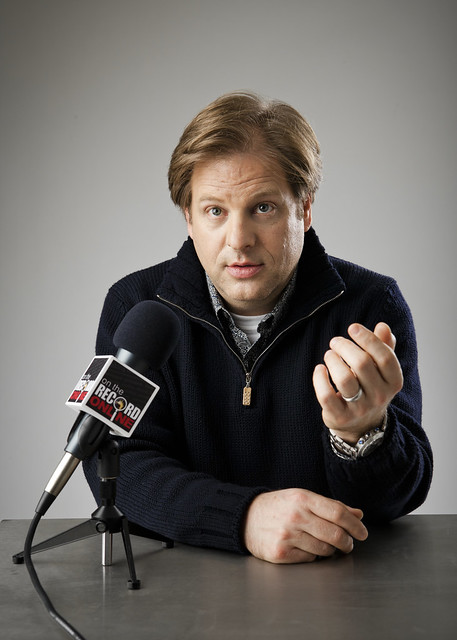
My podcast, titled On the Record…Online is undoubtedly the single most effective and efficient advertising, marketing, and public relations program iPressroom has in place. As a result we are currently engaged with brands and agencies to help them develop original podcast marketing initiatives.
This is nothing new in corporate communications because the worthy goal is always the creation and distribution of accurate information.
I produced podcasts for various brands, including LA Opera, Hollywood Reporter, Billboard, and many others.
One common tactic for generating broadcast news coverage is to go out and produce a news segment, package it up, and send it directly to another podcast that already has reach with your target audience.
I did this and became a correspondent for the For Immediate Release podcast, creating interstitial versions of my long-form podcasts and promoting them to that audience with a plug that they can go back to my podcast to listen to the whole interview.
It’s called a video news release, or VNR for short, and they recently caused a stir because stations use them in their newscasts without disclosing their source.
I currently consult with clients on podcast development and production. Contact me if you need help.
Podcast Marketing
Two years ago, dozens of TV stations aired an unedited VNR about Medicare commissioned by the Department of Health and Human Services, with a publicist posing as a reporter, which sparked an outcry at the time and prompted the Senate to take up legislation that would require government-produced news segments to carry disclaimers.
But the watchdog’s attempts were unsuccessful. According to a story that ran yesterday in the Wall Street Journal, “TV Stations Still Can’t Resist Pre-Packaged Video News.”
Along comes the podcast, and now advertisers, marketers, and PR professionals can straddle the fence that has long divided editorial from advertising content.
Why produce and distribute a VNR to broadcasters when you can RSS enable it and send it directly to the public?
In this case, you wear your bias on your sleeve and are judged strictly by the value of your content.
And believe me, if people don’t like what they see, you’ll know about it very quickly.
But what’s interesting is the podcast effectively disintermediates the mainstream media by allowing you to connect directly with audiences with no third-party editorial oversight.
In my podcast, I am the producer, the host, and the advertiser, and as long as I don’t take advantage of my listener’s attention by soapboxing my products and services, they’ll tolerate a 30-second preroll spot.
Latest Podcast New Developments
Now, reports are surfacing that Apple is starting to get into podcasting as Spotify snaps up independent podcast production companies created by former NPR producers.
It’s still developing, but that is a brief history of podcasting and where we are with the media format today.
White Papers
Podcasts
Consulting Services
Latest Posts
